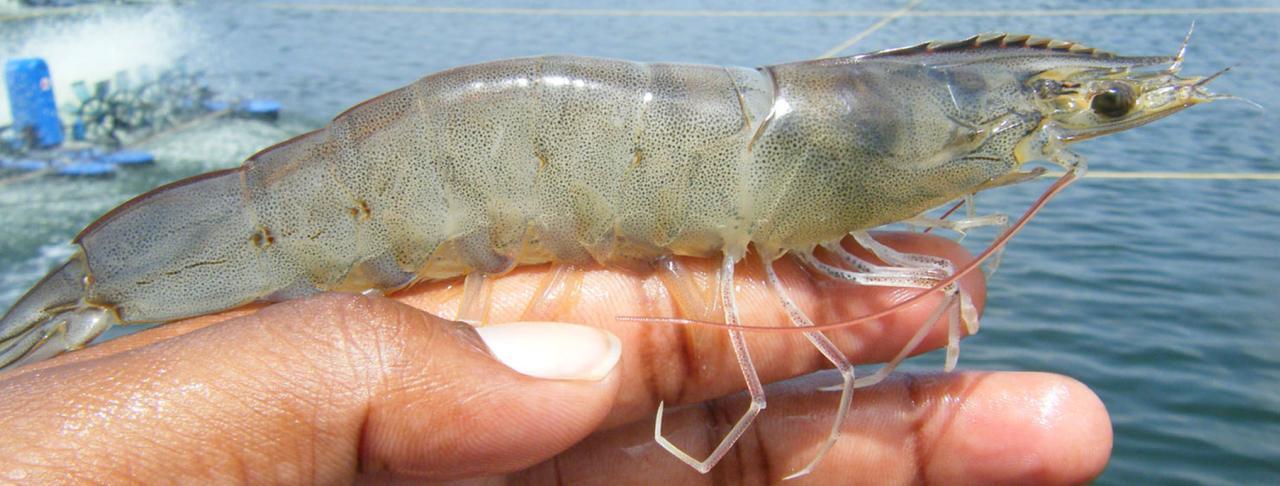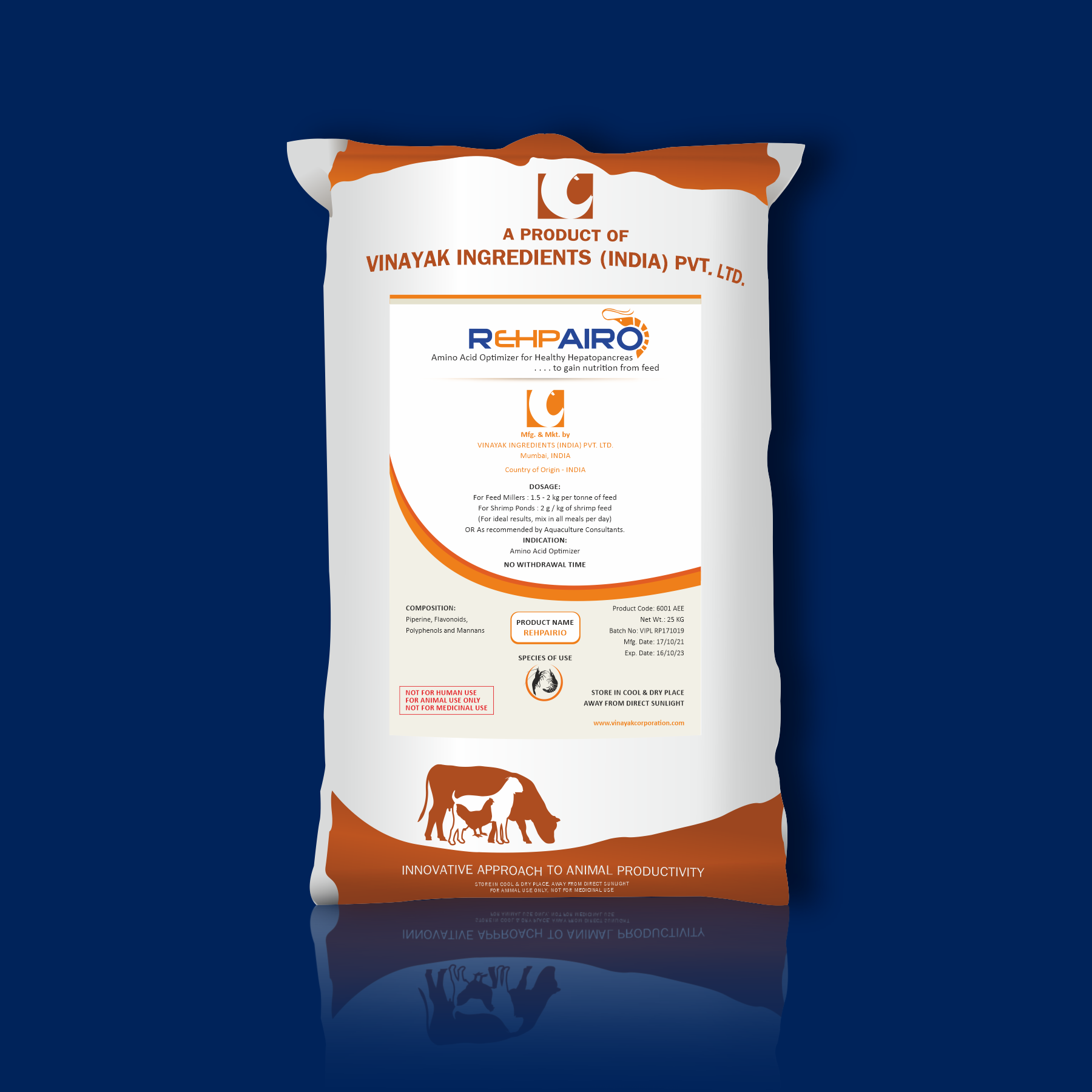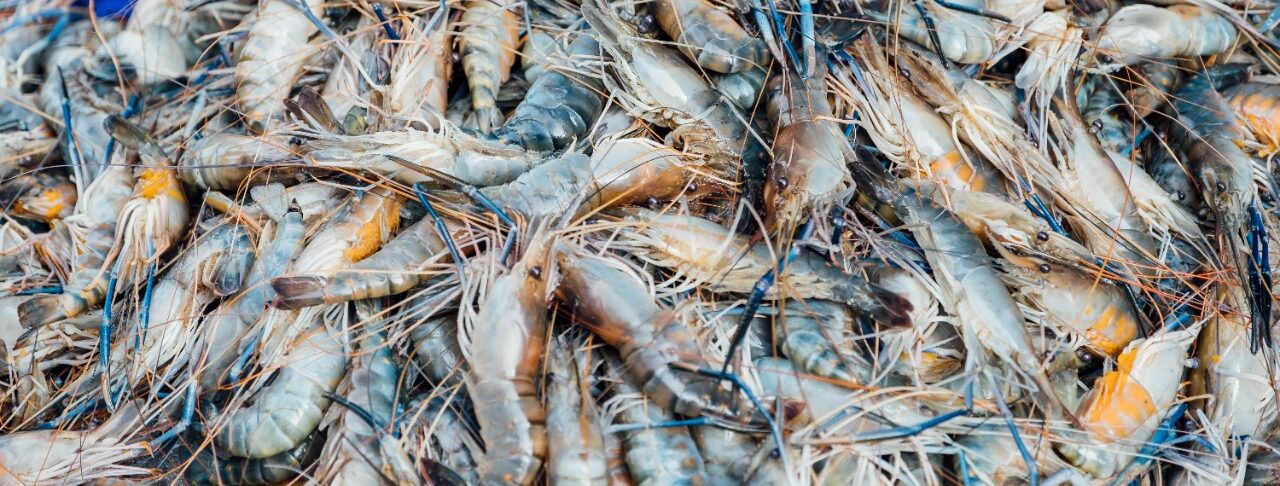
Common enemies of shrimp farming: Growth retardation, EHP and White feces syndrome
What are the different challenges and the future of sustainable shrimp farming?
The shrimp farming industry globally faces numerous challenges, most importantly various viral, bacterial and fungal diseases; also, the need for additional, novel ingredients that will be needed to manufacture and support growing demand for aquafeeds; and environmental impact, markets, and investment issues.
EHP a risk factor for other shrimp diseases

The intracellular, hepatopancreatic microsporidian Enterocytozoon hepatopenaei (EHP) has been reported in cultured black tiger shrimp (Penaeus monodon) and Pacific white shrimp (P. vannamei) in China, Indonesia, Malaysia, Vietnam, Thailand, and India, as well as other Southeast Asia countries. EHP causes growth retardation and increased size variability, and in more advanced stages, infected shrimp have soft shells and exhibit lethargy, reduced feeding, and empty midguts. Currently, EHP is diagnosed by histology, In-situ hybridization, and PCR.
Some Asian shrimp farming countries have seen an increase in bacterial problems contributing to hepatopancreas Vibriosis, which has been “running mortality syndrome” and “white feces syndrome (WFS).” Shrimp affected by these conditions display septic hepatopancreatic necrosis (SHPN).
In many cases, the sizes of black tiger prawns, as well as whiteleg shrimp, do not grow from the end of the first farming month to the beginning of the second month. This issue makes shrimp farmers concerned and causes difficulties in farming.
Which are the reasons why shrimp don’t grow or grow slowly?
Poor quality of breeds and heterogeneous breeds
Shrimp stunted due to Monodon baculovirus (MBV) and EHP diseases
Shrimp has intestinal diseases or white feces disease
Shrimp farming with high density but not meeting the technical requirements
Unsuitable or unguaranteed feed
Quality of pond environment, including water quality and pond bottoms
Using antibiotics inappropriately leading to its resistance
Therefore, depending on each specific cause of slow growth in shrimp, farmers must have timely measures.
Experience shows that good treatment of pond bottoms, secured water sources, safe farming areas, and selected high-quality breeds can help avoid slow growth in shrimp. Along with that, farmers also need to know how to manage good water quality, clean pond bottom, minimize pathogens that have the opportunity to penetrate into ponds, and choose reputable shrimp feed to prevent stunting.

Rehpairo, amino acid optimizer for healthy hepatopancreas in shrimp
Rehpairo, is a revolutionary state of the art feed supplement with extraordinary antimicrobial properties. It is meticulously designed for shrimps to battle against EHP, HPM and WFS affected shrimps.
Diseases and aqua feed ingredients are undoubtedly the most important challenges currently faced by the shrimp industry. Organically originated, environment-friendly and easily administrable feature of the supplement makes it one of its kind special. Rehpairo has concurred over its peers and proved in all challenging conditions during rigorous experimental trials like ABW gain, Survival rate, Salinity and Hardness, Stocking Density, pH, the amino and fatty acid profile of the shrimp flesh for its enhanced nutritional characteristics.
Above all, different variants of Rehpairo have also been upgraded for HERB Shrimp farming with additive sensory and color.
Follow up on the linked page to get more info on Rehpairo or write us on vinayakingredientsinc@gmail.com

